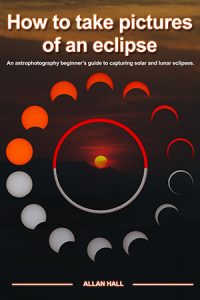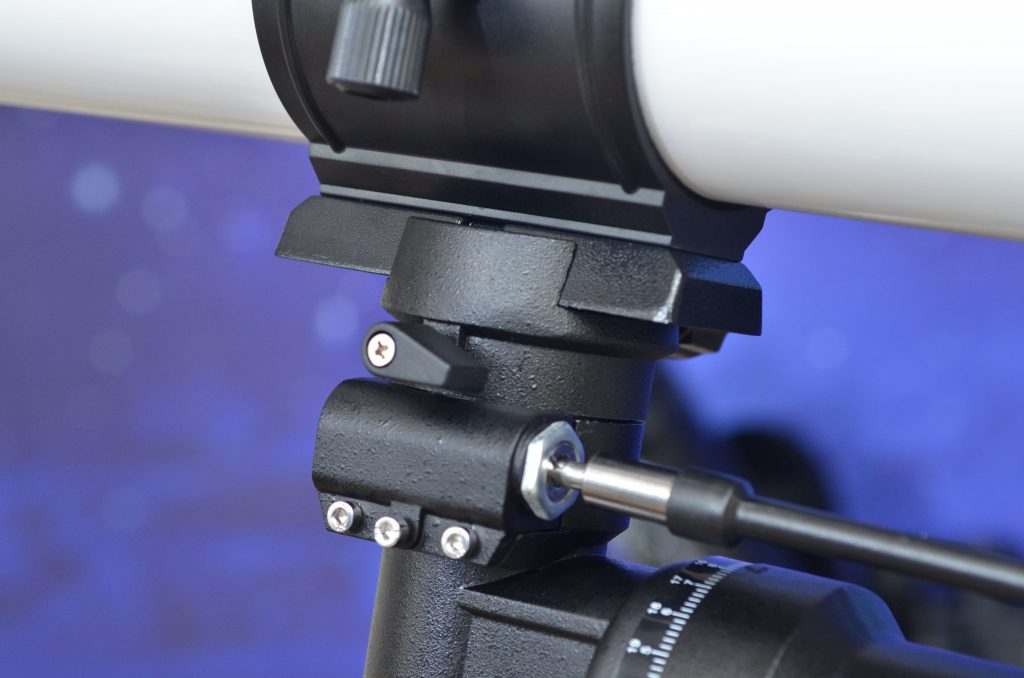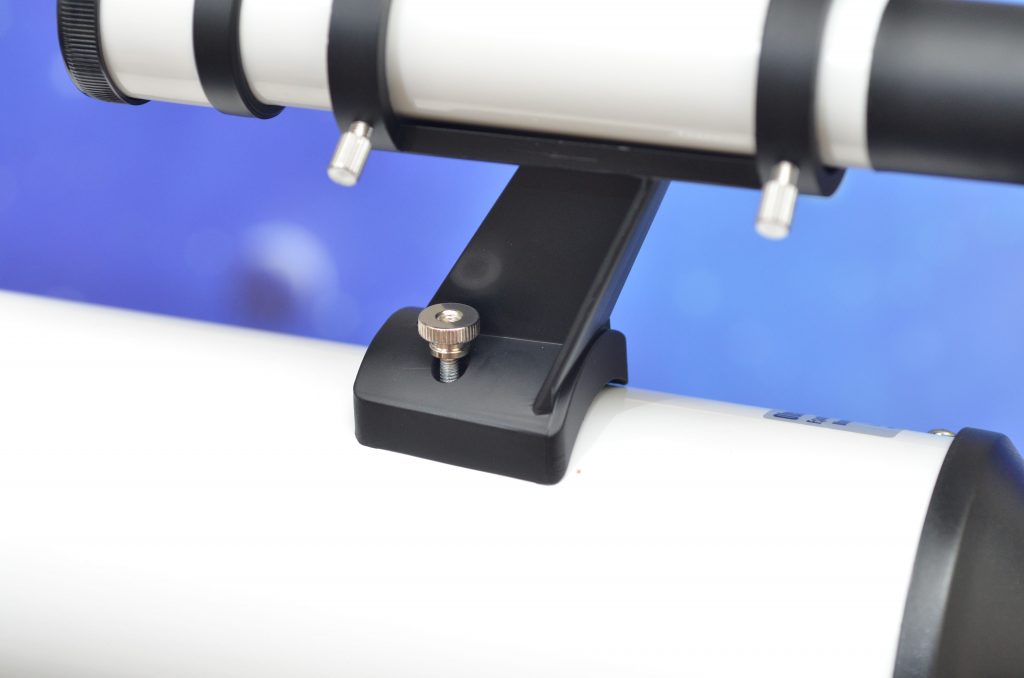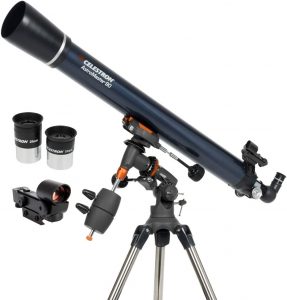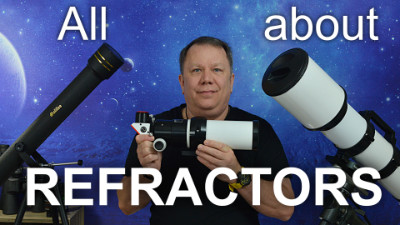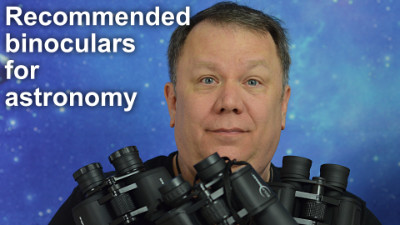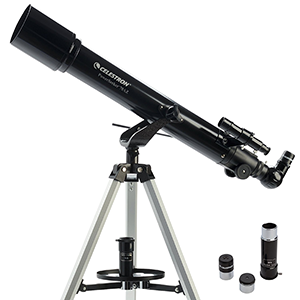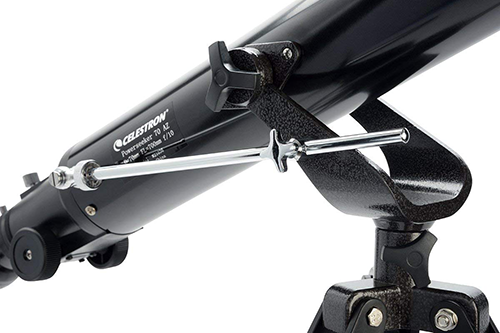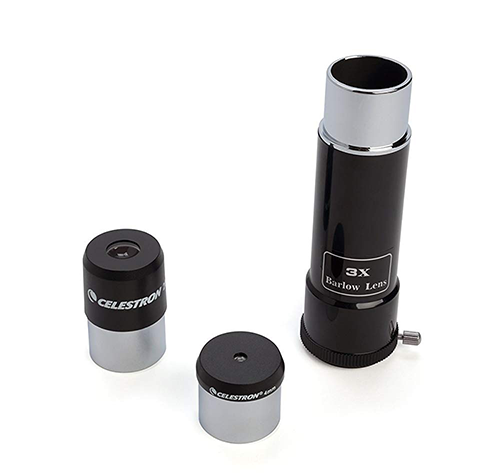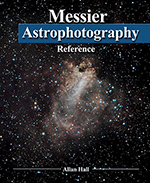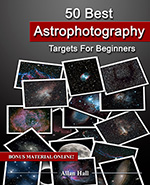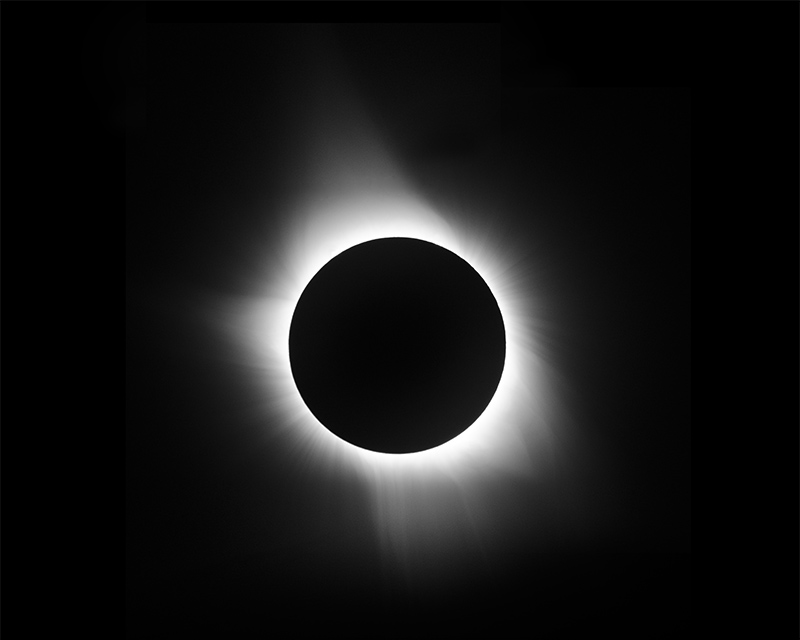

The 2017 total solar eclipse, as seen from Clarksville Tennessee, was captured with my telescope and camera.
In only a few months, on April 8, 2024, an awe-inspiring total solar eclipse will be visible from an area that spans from Mexico to Canada’s east coast. To make the most of this incredible experience, it is important to plan ahead.
When the moon passes directly between the Earth and the sun, a total solar eclipse occurs. People who come to the “path of totality” will see the sun gradually covered by the moon, shrinking it to a sliver and then completely hiding it for a few short, yet remarkable minutes. During this time, the sun’s outer atmosphere, called the corona, can be observed, and the land below will be dimmed to levels close to nighttime.
I have had the fortune to observe several eclipses, both solar and lunar, over the years but nothing really prepares you for a total solar eclipse, even if you have seen them before.
In 2017, the “Great American Eclipse” provided millions of Americans with their first opportunity to witness a solar eclipse, and its impressive display of nature left many with a newfound fascination for the celestial phenomenon. This eclipse also prompted those who were unable to observe it to make sure they don’t miss the next one in 2024.
In 2017, an eclipse crossed the United States, providing up to two and a half minutes of totality along its path. For the 2024 eclipse, viewers will be treated to a longer period of totality, up to four minutes, and more people will have the opportunity to view it. Over 12 million lived within the 2017 eclipse path, while a projected 32 million will live within the 2024 path. This path will span from the west to east coasts, including cities such as Dallas, Little Rock, Indianapolis, Cleveland, Buffalo, San Antonio, Austin, Cincinnati, and Montreal. Due to the millions within a few hours drive, the 2024 event could be one of the most observed celestial events ever.
In order to make the most of the eclipse experience, I have gathered the following four steps from my own experience and from consulting with professionals.
Do you know of any good places to observe a solar eclipse?
The 2024 total solar eclipse will be visible across Mexico, the United States, and eastern Canada, as illustrated in this map showing the moon’s shadow path: /https://tf-cmsv2-smithsonianmag-media.s3.amazonaws.com/filer_public/ce/a1/cea11cb9-2fc0-415f-9051-b48eff6acc18/image-asset_web.jpg)
/https://tf-cmsv2-smithsonianmag-media.s3.amazonaws.com/filer_public/ce/a1/cea11cb9-2fc0-415f-9051-b48eff6acc18/image-asset_web.jpg)
At the time of an eclipse, the Earth and moon are both in motion, causing the moon’s shadow to move across the globe in a long, slim path of totality. Those residing outside of this path will witness a partial eclipse instead of a total eclipse, and the difference between the two can be likened to night and day. To ensure optimal viewing of the eclipse, one should try to get inside of the path of totality. Many resources are available to help with this, such as the Great American Eclipse website which offers exact start and end times for the eclipse for cities along the path. Additionally, state-by-state maps can be found at the National Eclipse site, and Eclipse2024.org provides an interactive map of the entire eclipse path.
Don’t delay in making your accommodation reservations; many lodgings along the eclipse path are quickly filling up, and it appears there is already price gouging occurring–like it did in 2017. If you’re in a bind, you can rent a room outside of the path and drive in for the eclipse, though it is advised to arrive the day before. According to Gary Seronik, a consulting editor with Sky & Telescope magazine, “You don’t want to be that guy in the station wagon, with the kids in the back, stuck in traffic while the eclipse is happening.” Staying overnight after the eclipse has ended is also recommended, as the worst traffic is always after totality. The eclipse will occur on a Monday, so consider taking a long weekend. Michael Zeiler, co-developer of the Great American Eclipse website, suggests that people should be “reasonably self-sufficient. Bring your own food, bring your own water and keep the gas tank filled up. Maybe take a sleeping bag just in case.”
You don’t have to be at a big public event to enjoy the eclipse. I had a wonderful time in 2017 at the Old Glory Distillery who was having a private event. You can read about it here. I saw something about it online and called ahead to reserve a spot.
I also had a lot of fun at a rest area on the side of a highway while viewing the transit of Venus in 2012 which you can read about in my article on it. It was not crowded and there were only a few of us there.
What types of atmospheric conditions should one avoid during the solar eclipse?
The 2017 eclipse occurred in the late summer, while the 2024 eclipse is in springtime and may be clouded over. The best chances of clear skies are in Mexico, with Texas having the next best chances – approximately a 50-50 chance. Then, prospects become worse the farther northeast you go. According to Seronik, the best option in the US is to be as close to the Mexican border in Texas.
Maintaining a positive attitude is essential when chasing an eclipse, which is both a gamble and an adventure. Trish Erzfeld, chair of the Missouri Eclipse Task Force, encourages people to not worry about the weather. No matter the sky conditions, the landscape will still darken considerably during totality. Even if it is cloudy, the sights and sounds of the eclipse will be remarkable, with animals exhibiting strange behaviors. Erzfeld suggests that people should pay attention to the animals, such as cows, horses, birds, and crickets, as they will respond to the changing light. Although it may rain, it will still be a unique experience.
What do I need to have in order to observe the solar eclipse?
You can use eclipse glasses, or if you want a better view you can get a solar filter for your binoculars or telescope.
On a clear day, the drama will start an hour before the totality as the moon gradually takes a bigger “bite” out of the sun. It is essential to utilize glass or Mylar eclipse viewers from a reliable manufacturer to observe the partial phases safely; you can refer to the American Astronomical Society’s guide to find out which viewers are trustworthy. You can take pleasure in the partial phases of the eclipse which move along slowly, however, the last few minutes before totality will seem to pass by quickly. Also, take a moment to witness the changes in the landscape as colors become muted and shadows become sharper a few minutes prior to totality. Then, the moon will cover the sun completely, making it as dark as night or a deep twilight. Venus, along with other bright planets and stars, will be visible. An extraordinary sight, exclusive to total eclipses, will capture your attention: the sun’s outer atmosphere, the corona, will come into view, appearing as a feathery ring of light around what looks like a gap in the sky, where the sun used to be.
No amount of anticipation can do justice to the grandeur of a total solar eclipse. It is a sight unlike any other and the most beautiful phenomenon one can view in the heavens. It is also amazing with the unique shadows cast on the ground, and unique sounds that insects and animals make that you will never experience at any other time in your life.
At the point of totality, you can take off your eclipse viewers and look at the eclipse with your own eyes; as long as the sun is totally blocked out by the moon, you can do so. Even binoculars are suitable for viewing. Just keep in mind: As soon as totality has finished, put the binoculars down and put your eclipse viewers back on.
Suggestions for Photographing the Eclipse
Veteran eclipse chasers are often quick to advise that one should take the time to sit back, relax and simply enjoy the experience, as the few minutes of totality will pass quickly. While I did get some nice images at the past several eclipses I attended, I always make sure to have them automated as much as possible. There is simply no substitute for looking around at what all is going on and taking it in.
It’s true that we live in a picture-oriented world–which means you might feel the urge to capture a photo of the eclipse. Smartphone cameras have their restrictions, but they are still helpful during an eclipse. I recommend changing the setting to video mode and recording a few minutes before totality. Point your phone towards you and your friends and rotate it vertically to include both the eclipse and the ground. You may be surprised to find that the audio track from the video is as interesting as the video itself.
If you are looking to capture the moment of totality with a DSLR and a telephoto lens, I suggest using a remote control or intervalometer so that all your attention can be focused on the eclipse. Additionally, a sturdy tripod is essential. If your camera has the capability, auto-bracketing with one push of the shutter button can produce multiple images with different exposure times, thus increasing the chance of getting a great shot. The required exposure settings change dramatically as the eclipse gets closer to totality.
It is important to familiarize yourself with your camera’s features before the eclipse. Lastly, never look through the viewfinder or point the telephoto lens at the sun without a solar filter, as it could be damaging to both your camera’s sensor and your eyes.
Keep in mind, the extraordinary close-up pictures of the totally blocked-out sun that you come across in magazines are usually taken by specialized photographers with more practice and higher-quality equipment than the average person with a camera. This doesn’t mean you won’t get a great image that you can look back on with great memories, you just may not get what you see in the magazines.
Share this post!






